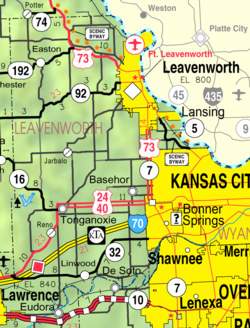
Harris is a census-designated place (CDP) in Anderson County, Kansas, United States. As of the 2020 census, the population was 47.

Hardtner is a city in Barber County, Kansas, United States. As of the 2020 census, the population of the city was 167. It is located 1 mile north of the Kansas / Oklahoma state border.

Hoisington is a city in Barton County, Kansas, United States. As of the 2020 census, the population of the city was 2,699.

Chapman is a city in Dickinson County, Kansas, United States. As of the 2020 census, the population of the city was 1,377.

Enterprise is a city in Dickinson County, Kansas, United States. As of the 2020 census, the population of the city was 708.
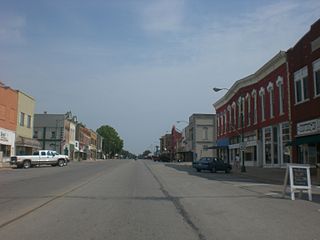
Eureka is a city in and the county seat of Greenwood County, Kansas, United States. As of the 2020 census, the population of the city was 2,332.

Jetmore is a city in and the county seat of Hodgeman County, Kansas, United States. As of the 2020 census, the population of the city was 770.
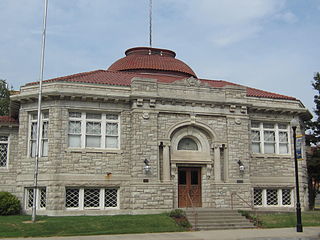
Parsons is a city in Labette County, Kansas, United States. As of the 2020 census, the population of the city was 9,600. It is the most populous city of Labette County, and the second-most populous city in the southeastern region of Kansas. It is home to Labette Community College and the Parsons State Hospital & Training Center.

Basehor is a city in Leavenworth County, Kansas, United States which is included statistically in the Kansas City metropolitan area. As of the 2020 census, the population of the city was 6,896.

Pleasanton is a city in Linn County, Kansas, United States. As of the 2020 census, the population of the city was 1,208.

Reading is a city in Lyon County, Kansas, United States. As of the 2020 census, the population of the city was 181.

Marquette is a city in McPherson County, Kansas, United States. As of the 2020 census, the population of the city was 599. It is located between K-4 and the Smoky Hill River.

Bern is a city in Nemaha County, Kansas, United States. As of the 2020 census, the population of the city was 161.
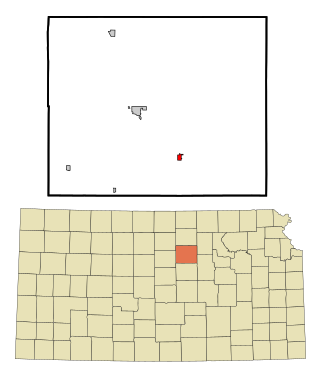
Bennington is a city in Ottawa County, Kansas, United States. As of the 2020 census, the population of the city was 622.

Palco is a city in Rooks County, Kansas, United States. As of the 2020 census, the population of the city was 208.
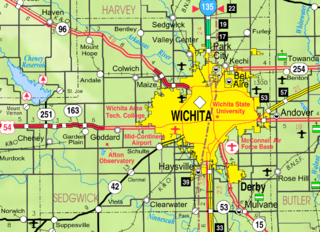
Haysville is a city in Sedgwick County, Kansas, United States, and a suburb of Wichita. As of the 2020 census, the population of the city was 11,262. Haysville is known as the "Peach Capital of Kansas".

Alta Vista is a city in Wabaunsee County, Kansas, United States. As of the 2020 census, the population of the city was 409.

Harveyville is a city in Wabaunsee County, Kansas, United States. As of the 2020 census, the population of the city was 178. It is located 8.5 miles (13.7 km) northwest of the city of Burlingame.

Greenleaf is a city in Washington County, Kansas, United States. As of the 2020 census, the population of the city was 350.
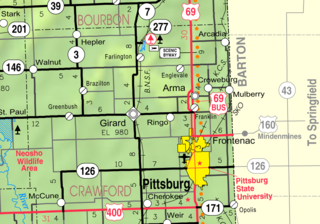
Franklin is a census-designated place (CDP) in Crawford County, Kansas, United States. As of the 2020 census, the population was 473. Franklin is located along U.S. Route 69, 1 mile (1.6 km) south of Arma, or 5.9 miles (9.5 km) north of Frontenac.


